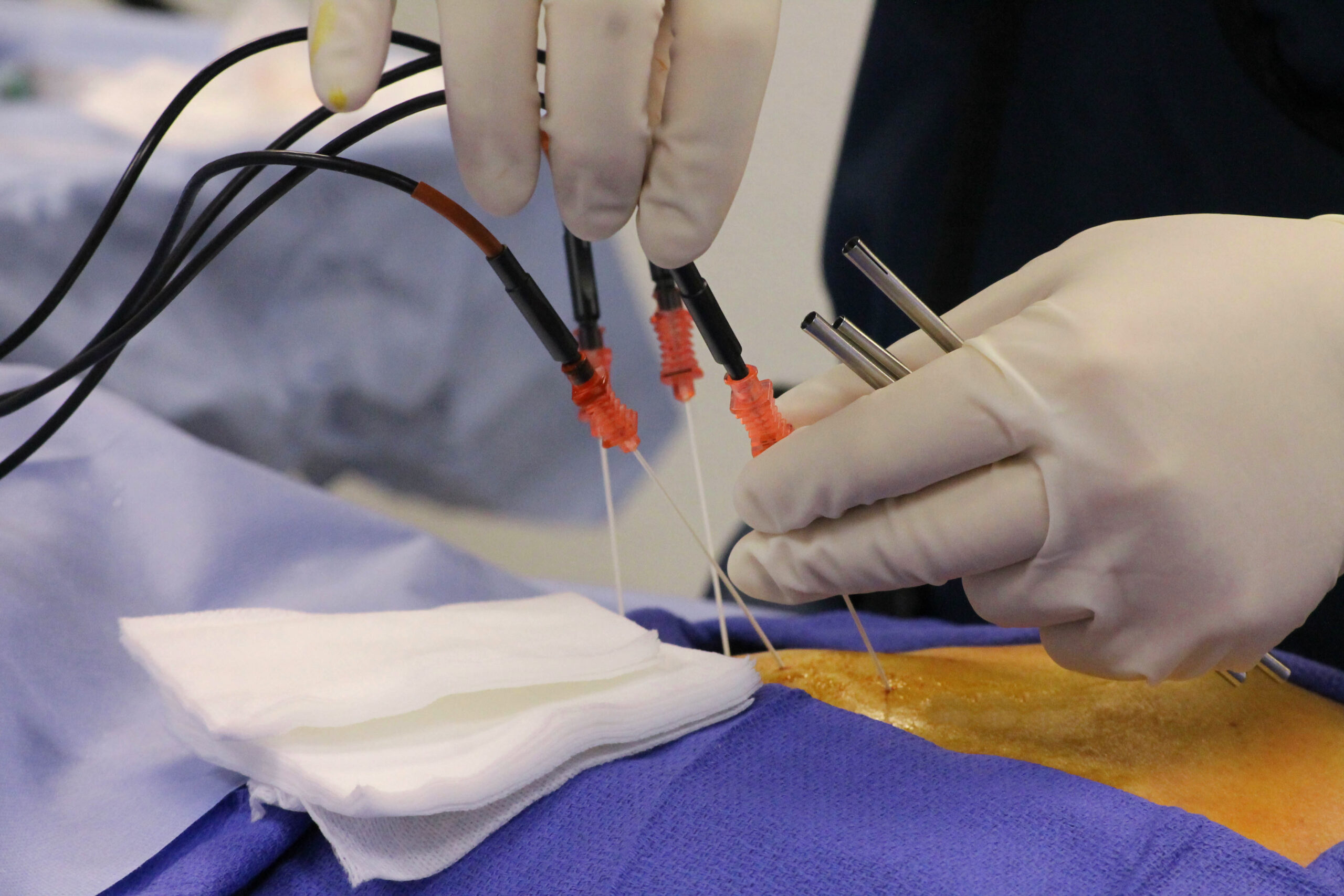Radio frequency ablation is designed to provide effective, long-lasting relief from chronic pain. Specialists may use it to treat conditions such as arthritis, spinal pain, or nerve damage, offering patients an alternative to prolonged medication use. Here is more information about using radio frequency ablation for pain relief:
What Is Radio Frequency Ablation?
Radio frequency ablation (RFA) is a minimally invasive treatment offered at pain management clinics. It works by using heat generated from radio frequency energy to disrupt the nerve signals that transmit pain. By precisely targeting specific nerves, RFA can provide long-lasting relief while minimizing damage to surrounding tissues. This treatment may be recommended for individuals with ongoing nerve-related pain and aims to enhance daily function and overall quality of life.
What Are the Key Benefits of RFA?
RFA offers several valuable advantages for individuals dealing with ongoing pain. By disrupting the transmission of pain signals, this procedure provides sustained relief for months or even years. The process involves a thin needle and a short treatment time, reducing overall recovery periods. Precision-guided techniques also minimize the impact on surrounding tissues, which may enhance patient outcomes. With long-term relief, some patients can rely less heavily on medications to manage their pain.
Which Conditions Are Treated With RFA?
Pain management specialists can use radio frequency ablation to address many chronic pain conditions, including:
- Nerve Pain: The procedure targets specific sensory nerves responsible for transmitting pain signals, making it effective for conditions like peripheral neuropathy or chronic nerve irritation.
- Arthritis-Related Pain: Doctors use RFA to treat pain from osteoarthritis, particularly in the spine, knees, and hips, by disrupting the nerves around the affected joints.
- Spinal Pain: The treatment is used for facet joint pain in the neck or lower back caused by degenerative changes or spinal injuries.
- Sacroiliac Joint Pain: RFA can relieve inflammation and discomfort in the sacroiliac joints, which connect the spine to the pelvis.
What Should I Expect During the RFA Procedure?
To complete the procedure, your doctor will use real-time imaging guidance, such as fluoroscopy, to pinpoint the affected areas. They will apply local anesthesia to promote comfort. During the procedure, the doctor will place a thin needle with an electrode near the target nerve. The heat generated by the device disrupts the nerve’s ability to transmit pain signals. The entire process typically lasts less than an hour. Once completed, you will be monitored for a brief period and may be able to return home the same day.
What Is Recovery and Aftercare Like?
Recovery following RFA is relatively quick. Mild swelling, redness, or discomfort at the injection site might occur, but this usually resolves within a few days. Rest is recommended for the first 24-48 hours. To prolong the benefits of RFA, follow your doctor’s post-procedure guidelines and engage in physical therapy if recommended. Discuss any lingering discomfort to help make adjustments to your treatment plan.
Ask Your Doctor About RFA for Pain Relief
RFA targets pain at the source by disrupting the affected nerve. This advanced procedure allows you to move more freely and comfortably without the need for extensive surgery. Consult with your doctor to determine if RFA is a suitable solution for your pain.
- When to See a Foot and Ankle Surgeon
- Top Benefits of Visiting a Vein Clinic for Early Treatment of Vein Issues
- The Intersection of Gynecology and Endometriosis Treatment
- Regenerative Orthopedics for Post-Surgery Healing
- The Role of Pain Management in Living with Chronic Pain
